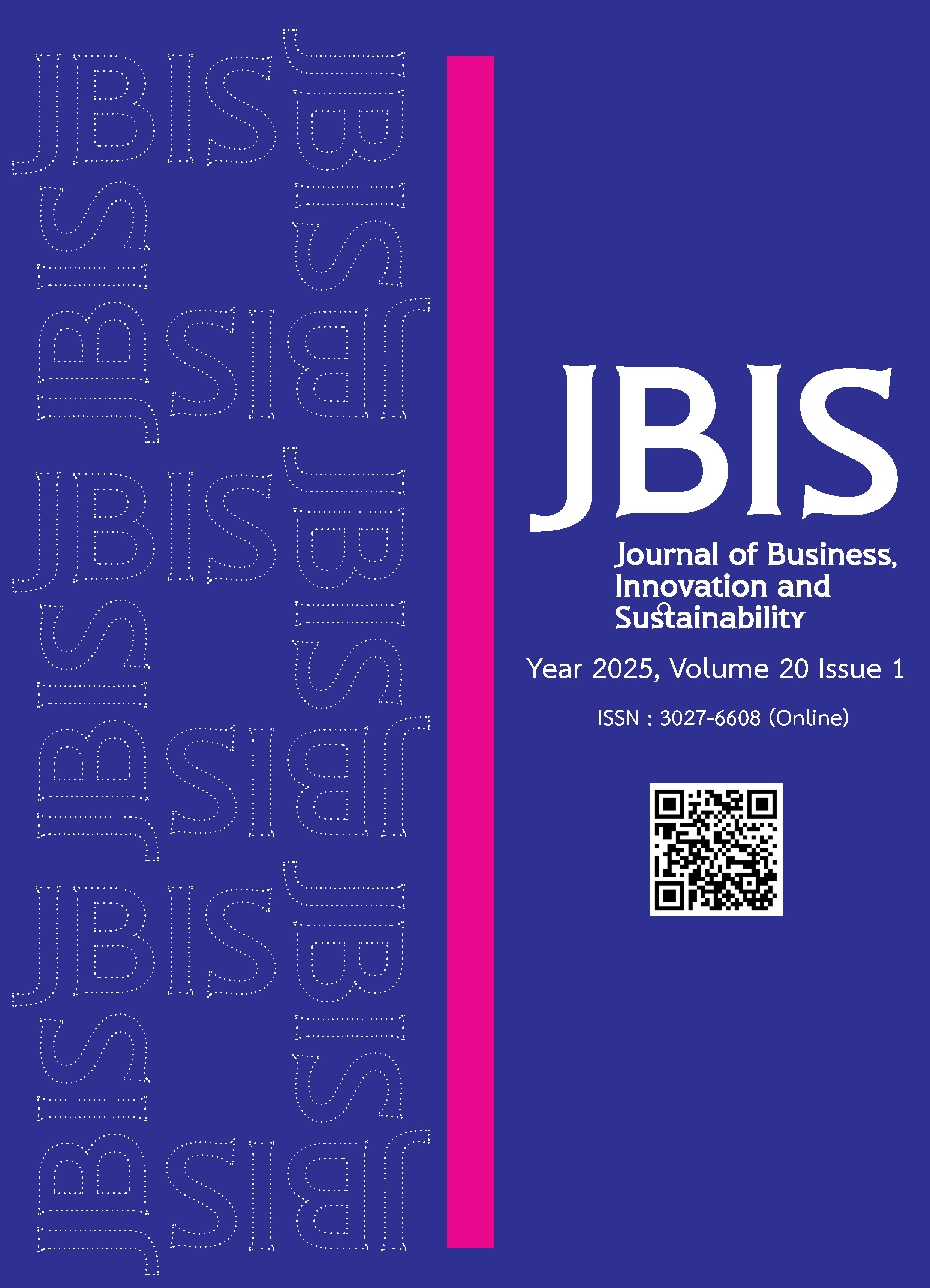An Analysis of The Economic Interdependencies of The Next – Generation Automotive Industry Under Shaped by Thailand 4.0
Main Article Content
Abstract
This research article examines the economic interconnections within the next-generation automotive industry (NGA4.0) and is structured into two main components. The first component analyzes the structure of factor usage and production distribution, while the second focuses on evaluating the economic multipliers associated with NGA4.0. The study utilizes data from production factors and output tables, which are reviewed every five years. Specifically, it compares data from 2010 to 2015 to ensure alignment with the 20-year strategy for Thailand 4.0 (2017 - 2036) within the context of the Eastern Economic Corridor (EEC).
The analysis of factor usage and production distribution within the next-generation automotive industry (NGA4.0) revealed notable trends. Domestic factor usage in this sector rose from 0.53% in 2010 to 2.36% in 2015. In contrast, the share of production allocated to the sector itself decreased from 2.34% in 2010 to 2.31% in 2015. Overall, the economic interconnectedness index for NGA4.0 indicates that this industry relies significantly on external sectors while also distributing its production to them. Notably, both the overall backward and forward linkage indices are above the average, exceeding a value of 1.
The analysis of economic multipliers for the next-generation automotive industry (NGA4.0) indicates that a 1% increase in final demand within this sector leads to a corresponding rise in the total value of production across the economy by 9.42% in 2010 and 9.57% in 2015. To foster ongoing production growth and economic expansion in the NGA4.0 and other sectors, the government should prioritize and support research and development of modern technologies and innovations. This effort should include adequate budget allocations and various investment promotion incentives.
Article Details

This work is licensed under a Creative Commons Attribution-NonCommercial-NoDerivatives 4.0 International License.
References
Bhongchirawantana, U. and Larabut, P. (2017). The linkage of the electronics industry in Thailand. Thaksin University Library Journal, 6(2017), 150-163.
Bhongchirawattana, U. and Srithongdeang, C. (2019). An analysis of the economic linkage in Thailand’s automotive industry. The Journal of Faculty of Applied Arts, 12(1), 21-34.
Kaenmanee, S., Khermkhan, J. and Latteerasuwan, S. (2020). The economic impact of agricultural production activities affecting to other production activities in North Eastern region of Thailand. Journal of the Association of Researchers, 25(1), 419-428.
Kasrisom, A. (2024). Economic impact from private investment and expenses according to government policy under the digital industry (research report). Bangkok: Rangsit University.
Kim, Y., Lee, S. and Trimi, S. (2021). Industrial linkage and spillover effects of the logistics service industry: an input–output analysis. Service Business An International Journal, 15(2021), 231–252.
Office of the National Economic and Social Development Board. (2015). Definition of data by I/O code. Retrieved July 1, 2024, from https://www.nesdc.go.th/ewt_dl_link.php?nid=6180&filename=io_page
Ministry of Industry. (2015). Summary of the modern automotive industry situation Towards the goal of a "sustainable" economy. Retrieved July 1, 2024, from http://iiu.oie.go.th/images/document/pdf/20230311135311.pdf
Ministry of Industry, (2023). Report on industrial economic conditions in 2023 and trends in 2024. Retrieved July 1, 2024, from https://www.oie.go.th/assets/portals/1/fileups/2/files/Industry%20conditions/annual2023trends2024(1).pdf
National Science and Technology Development Agency. (2020). BCG economy model. Retrieved July 1, 2024, from https://www.nstda.or.th/home/knowledge_post/what-is-bcg-economy-model/
Tongsuar, W. (2023). Looking at the direction of the Thai automotive parts industry in 2023-2024. Retrieved July 1, 2024, from https://krungthai.com/Download/economyresources/EconomyResourcesDownload_1918Research_Note_Auto_Part_20_03_66.pdf
Saisopon, S. (2023). Analysis of economic impacts using a table of production factors and outputs (Input-Output table). Retrieved July 11, 2024, from https://webportal.bangkok.go.th/user_files/131/903632795652613251b9018.21519169.pdf
Wang, J., Zhang, F., Zhang, Z., Wang, L. and Ayipeh, C. S. (2022). Method to study the importance of automobile industry chainbased on the input-output model. Discrete Dynamics in Nature and Society, 2022(1), 1–11.

